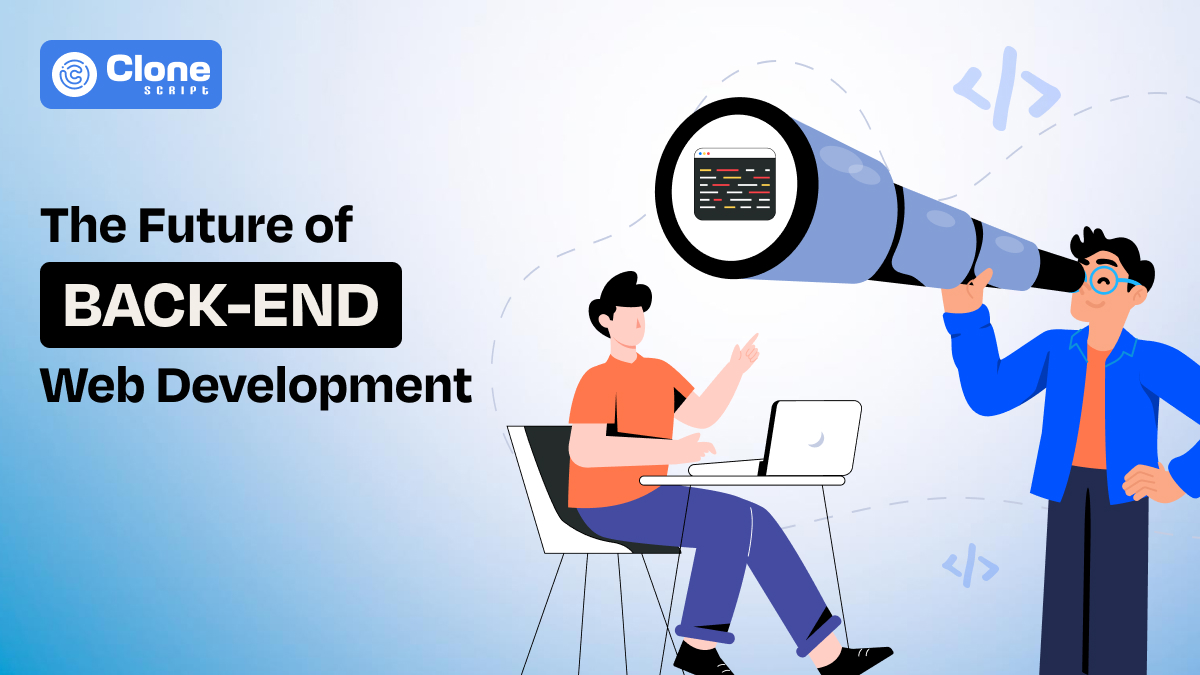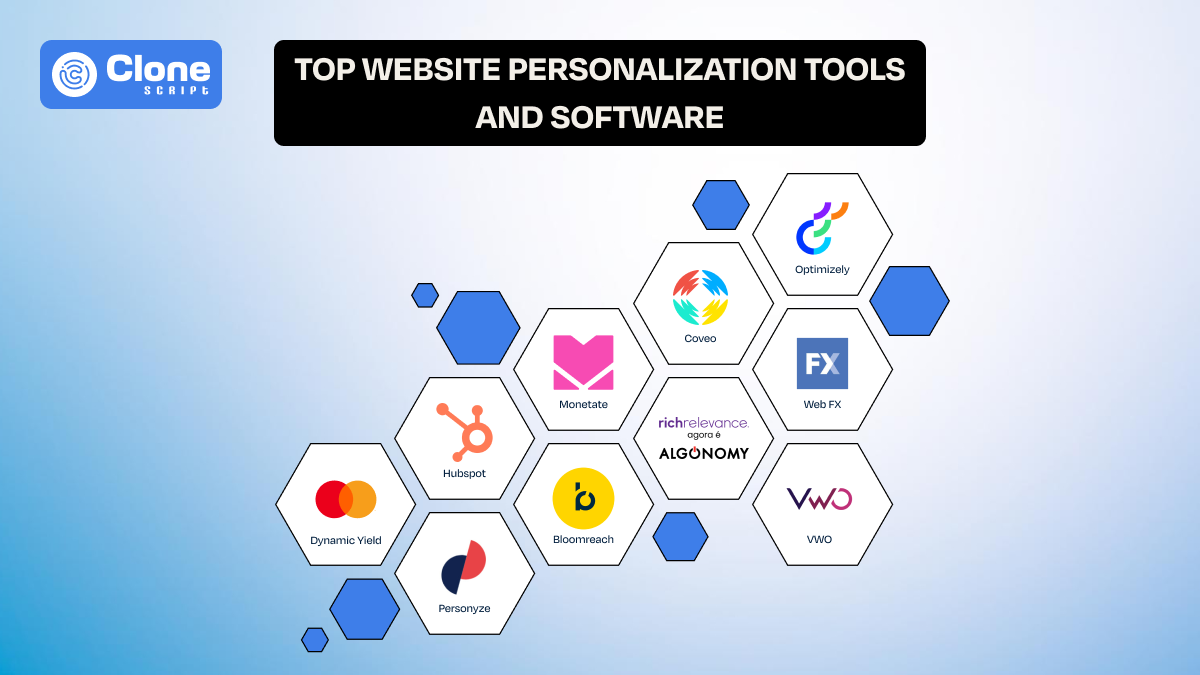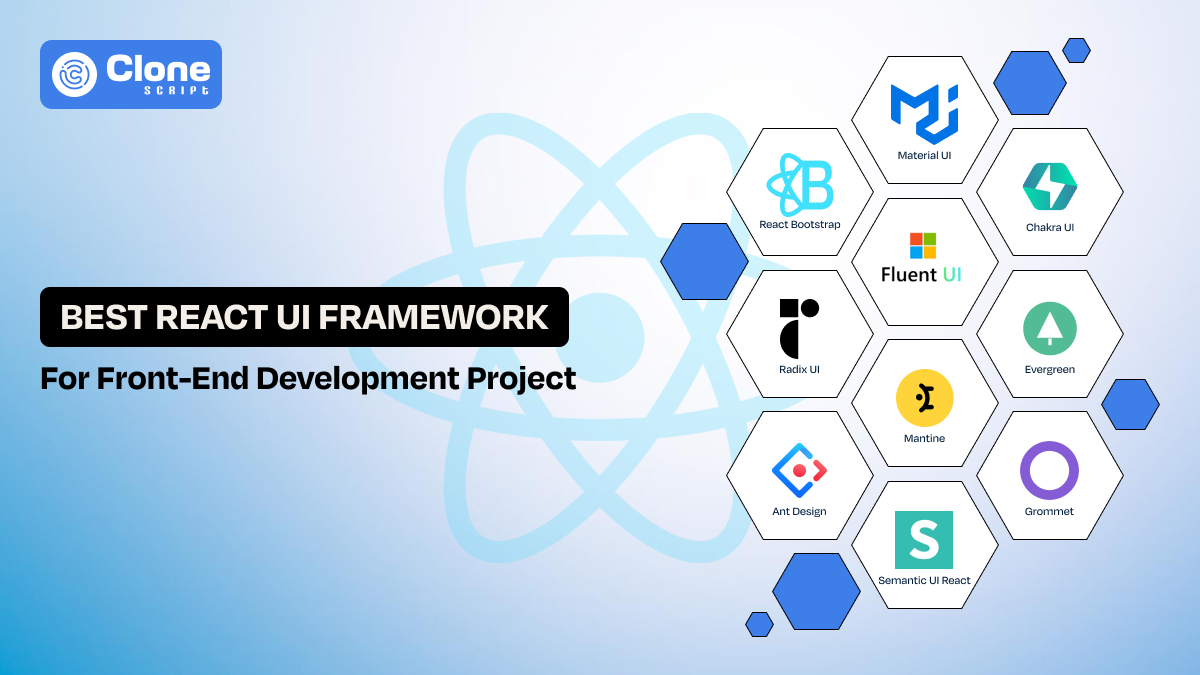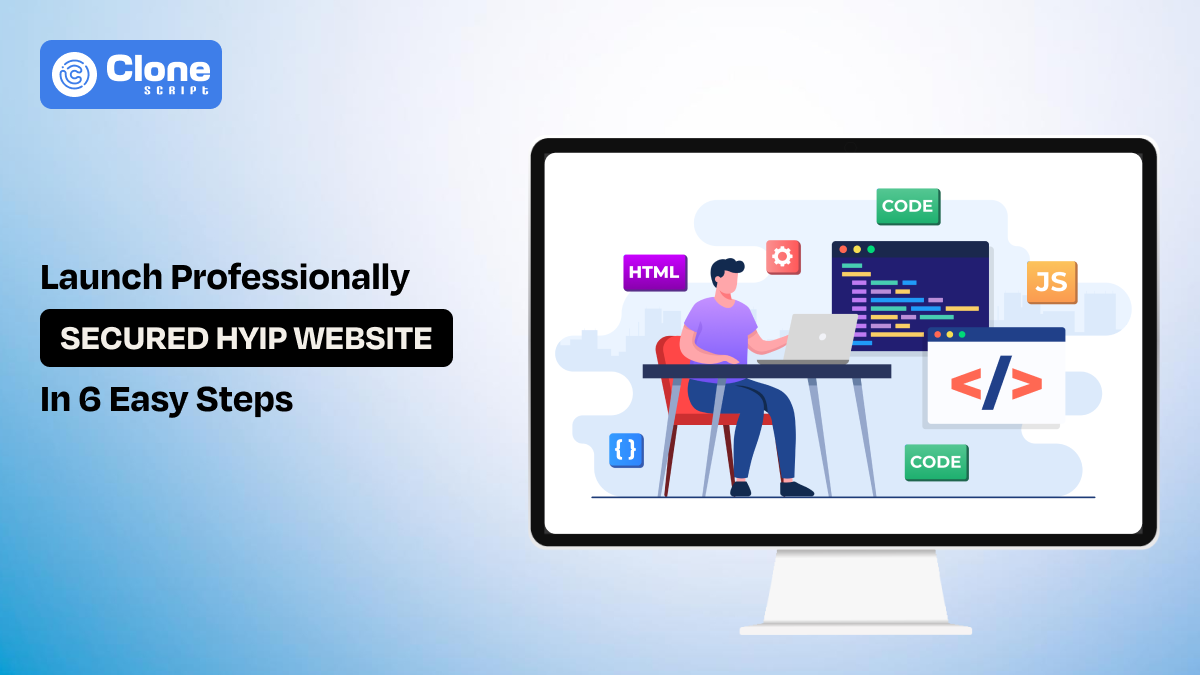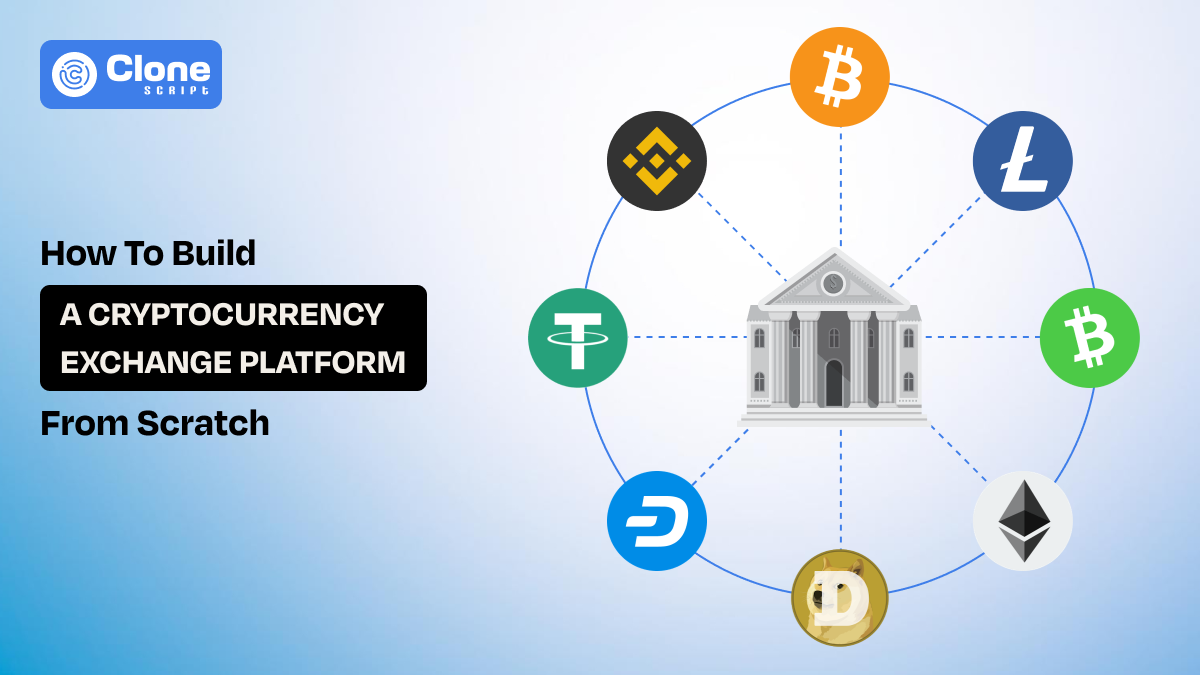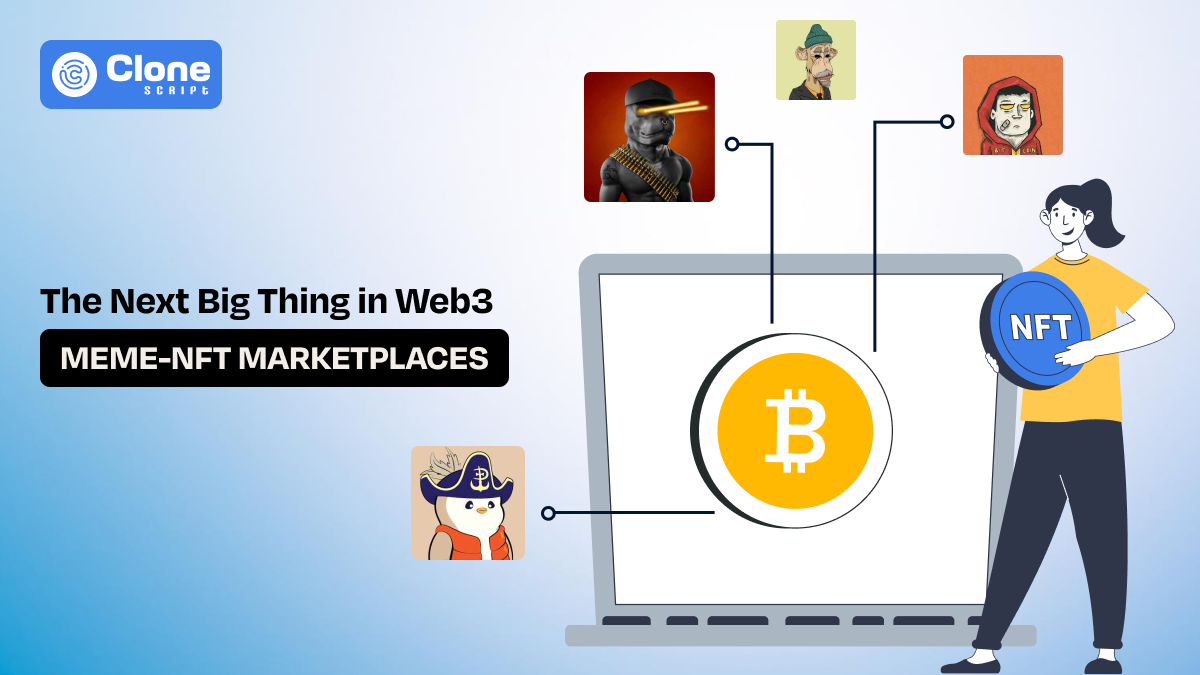The Future of Backend Web Development: Cloud, Serverless, and Beyond
Back-end web development (server-side development) forms the backbone of web applications, ensuring smooth communication between servers, databases, and user-facing interfaces. It’s the engine that powers modern websites and applications, handling complex logic, data storage, and security. In today’s digital age, where seamless online experiences are a necessity, the importance of back-end development has grown exponentially.
The future of back-end development is dynamic and promising. Emerging trends and technologies are reshaping how developers build and maintain web applications, making it an exciting field for professionals and businesses alike. This article explores the key trends, and technologies shaping the future of server-side development.
Key Trends Shaping the Future of Back-End Development
If you want to create a robust and successful web application understanding the key emerging trends of back-end development is very important. Here we represent those trends take a look at it.
A. Serverless Computing
Serverless computing is revolutionizing back-end development by eliminating the need for developers to manage server infrastructure manually. Instead, applications are deployed on cloud platforms automatically handle scaling, maintenance, and resource allocation.
-
Serverless computing benefits:
-
Scalability: Applications can handle changing loads without manual intervention. This improves the usage of web applications.
-
Cost-effectiveness: Pay-as-you-go pricing models reduce costs for unused resources. It means you can manage your application at minimal expenses.
-
Reduced Maintenance: Developers can focus on code instead of server upkeep. This increases overall web development productivity.
-
-
Popular Platforms:
-
AWS Lambda: Ideal for executing code in response to events, it supports real-time file processing, log analysis, and building scalable APIs with ease.
-
Google Cloud Functions: Enables rapid deployment of microservices, processing streams, and triggering workflows across cloud services seamlessly.
-
Azure Functions: Optimized for event-driven solutions, offering flexibility in automating workflows, processing IoT data, and integrating with Azure services.
-
-
Real-World Applications:
-
Netflix: Leverages serverless computing for real-time data processing tasks like content recommendations and personalized user experiences. This enhances viewer satisfaction.
-
Coca-Cola: They implemented serverless solutions for inventory management, significantly reducing costs and improving operational efficiency by automating tasks like demand forecasting and order fulfillment.
-
B. Artificial Intelligence (AI) and Machine Learning (ML)
The integration of AI and ML into back-end development is transforming how applications process and analyze data. Also, AI in customer experience is very important as these technologies enable intelligent functionalities that enhance user experiences and streamline operations.
-
Applications in Back-End Development:
-
Predictive Analytics: Anticipating user behavior for tailored recommendations, improving customer engagement, and driving business growth.
-
Personalized Experiences: Dynamically adjusting content based on user preferences, creating a more engaging and user-friendly experience.
-
Fraud Detection: Identifying unusual patterns to prevent fraudulent activities, safeguarding businesses, and protecting user data.
-
Natural Language Processing (NLP): Enabling chatbots and voice assistants, enhancing customer service, and providing 24/7 support.
-
-
AI and ML Tools and Frameworks:
-
TensorFlow: A powerful open-source platform for machine learning, offering flexibility and a wide range of tools for building and deploying AI models.
-
PyTorch: A popular deep learning framework known for its dynamic computation graphs and ease of use, ideal for research and prototyping.
-
Scikit-learn: A user-friendly machine learning library in Python, provides a wide range of algorithms for tasks like classification, regression, and clustering.
-
C. Microservices Architecture
Microservices architecture involves breaking applications into smaller, independent modules that communicate through APIs. This approach enhances modularity and scalability by allowing teams to work on separate components simultaneously, leading to faster development cycles and increased agility.
Advantages of microservice architecture:
-
Independent Deployment: Modules can be updated and deployed independently, reducing downtime and allowing faster innovation.
-
Fault Isolation: Issues in one service are contained, minimizing the impact on the overall system and ensuring high availability.
-
Scalability: Resources can be allocated to specific modules based on demand, optimizing resource utilization and cost-effectiveness.
Popular tools of microservice architecture:
-
Docker: Enables the packaging and deployment of applications in containers, providing consistent environments across different platforms.
-
Kubernetes: An open-source platform for quickly automating the deployment, scaling, and management of containerized applications.
-
Apache Kafka: A high-throughput messaging system that facilitates communication and data streaming between microservices.
Microservice architecture examples:
-
Amazon's e-commerce platform utilizes microservices to manage its vast product catalog, order fulfillment, and payment processing efficiently, helping rapid scaling during peak seasons like Black Friday.
-
Netflix employs a microservices architecture to deliver personalized recommendations, manage streaming infrastructure, and provide a seamless user experience.
D. Edge Computing
Edge computing in back-end development brings data processing and storage closer to the source of data generation – such as user devices, sensors, or IoT gateways – rather than relying solely on centralized cloud data centers.
Edge computing benefits:
-
Reduced Latency: Edge computing minimizes the time it takes for data to travel long distances to a central data center by processing it locally or at the edge of the network. This results in faster response times and a better user experience.
-
Enhanced Security: By keeping data processing closer to the source, edge computing minimizes the need to transmit large volumes of raw data across the network. This reduces the risk of data breaches and improves overall security.
-
Improved Performance: It enhances overall system performance and responsiveness by offloading processing tasks from overloaded centralized servers.
-
Increased Bandwidth Efficiency: Edge computing optimizes bandwidth usage and reduces costs by processing data locally, thereby reducing the amount of data that needs to be transmitted over the network.
Use cases of edge computing:
-
Smart Cities: It helps in real-time traffic management, smart parking solutions, and efficient public transportation systems by analyzing data from sensors and cameras.
-
Industrial IoT: Edge computing empowers predictive maintenance, quality control, and process optimization in manufacturing and industrial settings.
-
Autonomous Vehicles: Support real-time processing of sensor data from cameras, lidar, and radar to enable autonomous vehicles to make critical decisions quickly and safely.
-
Video Surveillance: Real-time video analytics for applications such as facial recognition, object detection, and anomaly detection, improving security and efficiency.
-
Telecommunications: It enhances network performance, reduces latency, and enables new services such as augmented reality and virtual reality applications.
E. DevOps and Automation
DevOps practices encourage a collaborative environment between development and operations teams. It means DevOps streamlining the software development lifecycle and accelerating the delivery of high-quality applications.
Key Principles of DevOps:
-
Collaboration: Breaking down silos between development and operations teams to improve communication and information sharing.
-
Automation: Automating redundant tasks such as code building, testing, deployment, and infrastructure provisioning.
-
Continuous Integration and Continuous Delivery (CI/CD): Implementing automated pipelines that continuously integrate code changes and deliver them to production.
-
Monitoring and Feedback: Continuously monitoring application performance and gathering feedback to identify and address issues proactively.
DevOps Tools and Technologies:
-
Jenkins: A popular open-source powerful automation server for building, testing, and deploying software.
-
GitLab CI/CD: A powerful CI/CD platform integrated with GitLab, enabling efficient pipelines and streamlined workflows.
-
Ansible: An open-source automation platform for simplifying IT infrastructure management and application deployment.
-
Docker and Kubernetes: Containerization technologies that enable efficient packaging and deployment of applications across different environments.
-
Terraform: An infrastructure-as-code tool for automating the provisioning and management of cloud resources.
Benefits of DevOps:
-
Faster Time-to-Market: Automated pipelines significantly reduce the time required to deploy new features and updates, allowing businesses to respond quickly to market demands.
-
Enhanced Productivity: Cut off repetitive tasks frees up developers to focus on more creative and strategic aspects of software development, such as innovation and problem-solving.
-
Improved Quality: Automated testing and continuous feedback mechanisms help identify and address issues early in the development cycle, leading to higher-quality software releases.
-
Increased Efficiency: DevOps practices and automation tools improve overall efficiency by streamlining workflows, reducing manual effort, and minimizing errors.
-
Enhanced Scalability: DevOps principles help organizations scale their infrastructure and applications more effectively to meet the growing futuristic advanced demands.
Emerging Technologies and Programming Languages
Considering the emerging technologies and languages of back-end development helping you to create advanced-level web apps.
A. Blockchain Technology
Blockchain’s decentralized and immutable nature makes it a game-changer for back-end development, offering secure and transparent solutions.
Here have a look at how it can be helpful.
-
Supply Chain Management: Blockchain improves traceability and accountability by creating an immutable record of product movement.
-
Decentralized Applications (dApps): Blockchain enables the development of peer-to-peer applications without intermediaries. This encourages decentralization and trust in dApps.
-
Secure Data Storage: Blockchain provides tamper-proof and immutable storage for sensitive data, enhancing security and privacy.
B. WebAssembly (WASM)
WebAssembly is a low-level binary format that enables high-performance applications to run in web browsers such as Google Chrome, Yahoo, Mozilla Firefox, Microsoft Edge, etc. Its portability and efficiency make it an excellent choice for back-end tasks.
Take a look at the advantages of WebAssembly.
-
Near-Native Performance: WebAssembly is a binary instruction format enabling high-performance execution of code within web browsers, surpassing traditional JavaScript in speed.
-
Cross-Platform Compatibility: To increase portability it allows WebAssembly code to run seamlessly across various operating systems and browsers.
The use cases of WebAssembly.
-
Gaming: WebAssembly enables high-performance graphics and game logic to run smoothly within the browser.
-
3D Graphics and Visualization: Applications that require complex 3D rendering can benefit from Wasm’s performance.
-
Audio/Video Processing: Tasks like video encoding and decoding can be accelerated using WebAssembly.
-
Financial Applications: High-frequency trading and other financial applications can benefit from the speed and efficiency of WebAssembly.
-
Scientific Computing: WebAssembly can be used for scientific simulations and other computationally intensive tasks.
C. New and Evolving Programming Languages
The back-end development’s scope is enriched by emerging programming languages offering unique features.
-
Go (Golang): A concise, high-performance language ideal for microservices and networked applications, leveraging its powerful concurrency features.
-
Rust: Focused on memory safety and concurrency, making it perfect for systems programming and resource-intensive applications.
-
Kotlin: A versatile, Java-compatible language popular for server-side development and widely used for Android app development.
Conclusion
Back-end web development is at the forefront of innovation, driven by trends like serverless computing, AI/ML, microservices, and edge computing. Emerging technologies like blockchain and WebAssembly are coupled with new programming languages further expanding possibilities.
As businesses continue to adopt digital transformation, the role of back-end development will remain pivotal in shaping the future of technology.
The field offers exciting opportunities for professionals ready to welcome change, innovate, and deliver cutting-edge solutions.
Applications Developed With Back-end
FAQs
-
What is back-end web development?
Back-end web development involves server-side programming, database management, and ensuring seamless communication between servers and front-end interfaces.
-
Why is serverless computing important for back-end development?
Serverless computing simplifies infrastructure management, enhances scalability, and reduces costs, allowing developers to focus on building applications rather than solely depending on investing in infrastructure development.
-
How does AI/ML benefit back-end development?
AI/ML enables functionalities like predictive analytics, personalized experiences, and fraud detection. This can enhance application performance and user satisfaction.
-
What are the advantages of microservices architecture?
Microservices offer modularity, scalability, independent deployment, and fault isolation to make applications more resilient and adaptable.
-
What skills are essential for a back-end developer?
Proficiency in programming languages (e.g., Python, Java, Go), understanding databases, familiarity with frameworks, and knowledge of cloud platforms and DevOps practices are required.
-
What is the role of blockchain in back-end development?
Blockchain provides secure, decentralized solutions for applications like supply chain management and dApps, providing data integrity and transparency.
-
How can developers stay updated with back-end development trends?
Developers can follow industry blogs, participate in online courses, attend webinars, and engage with professional communities to stay informed about the latest advancements.
 BTC - Bitcoin
BTC - Bitcoin
 USDTERC20 - USDT ERC20
USDTERC20 - USDT ERC20
 ETH - Ethereum
ETH - Ethereum
 BNB - Binance
BNB - Binance
 BCH - Bitcoin Cash
BCH - Bitcoin Cash
 DOGE - Dogecoin
DOGE - Dogecoin
 TRX - TRON
TRX - TRON
 USDTTRC20 - USD TRC20
USDTTRC20 - USD TRC20
 LTC - LiteCoin
LTC - LiteCoin

